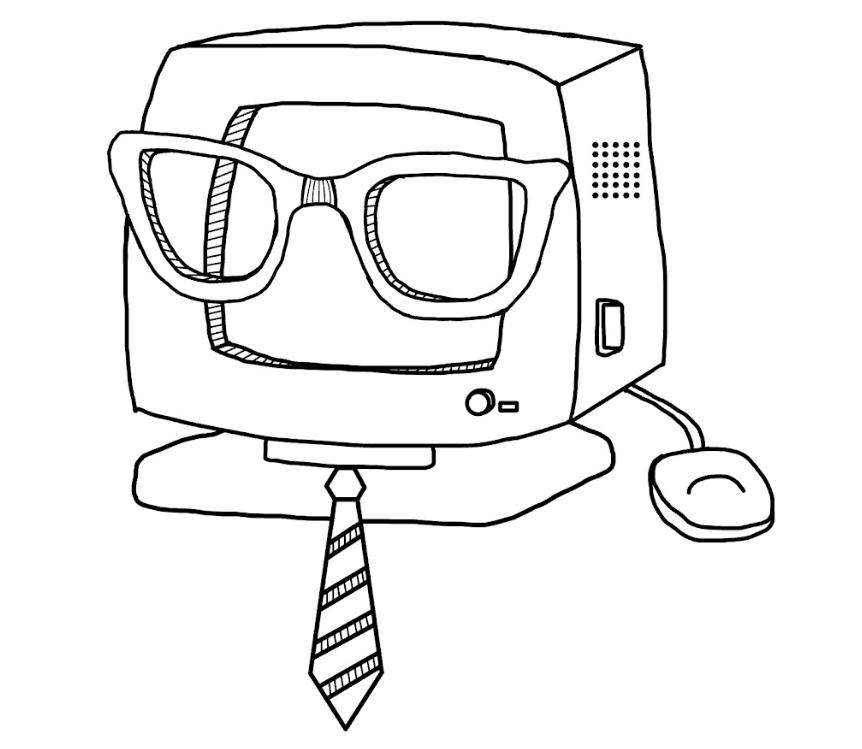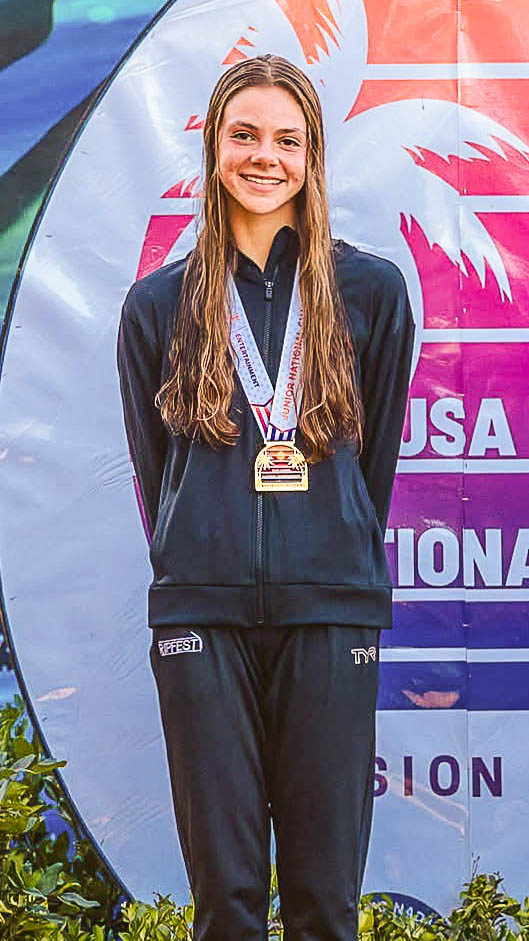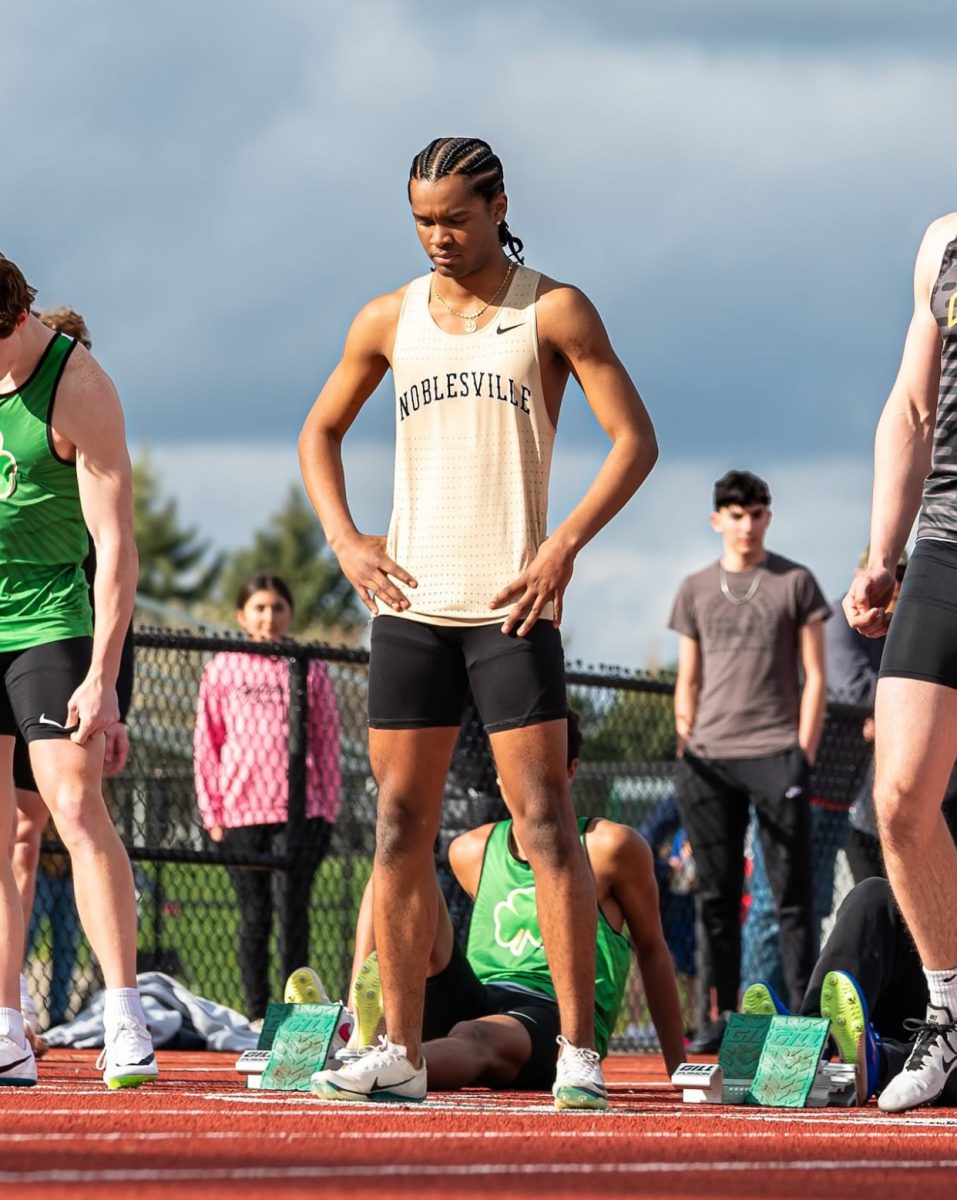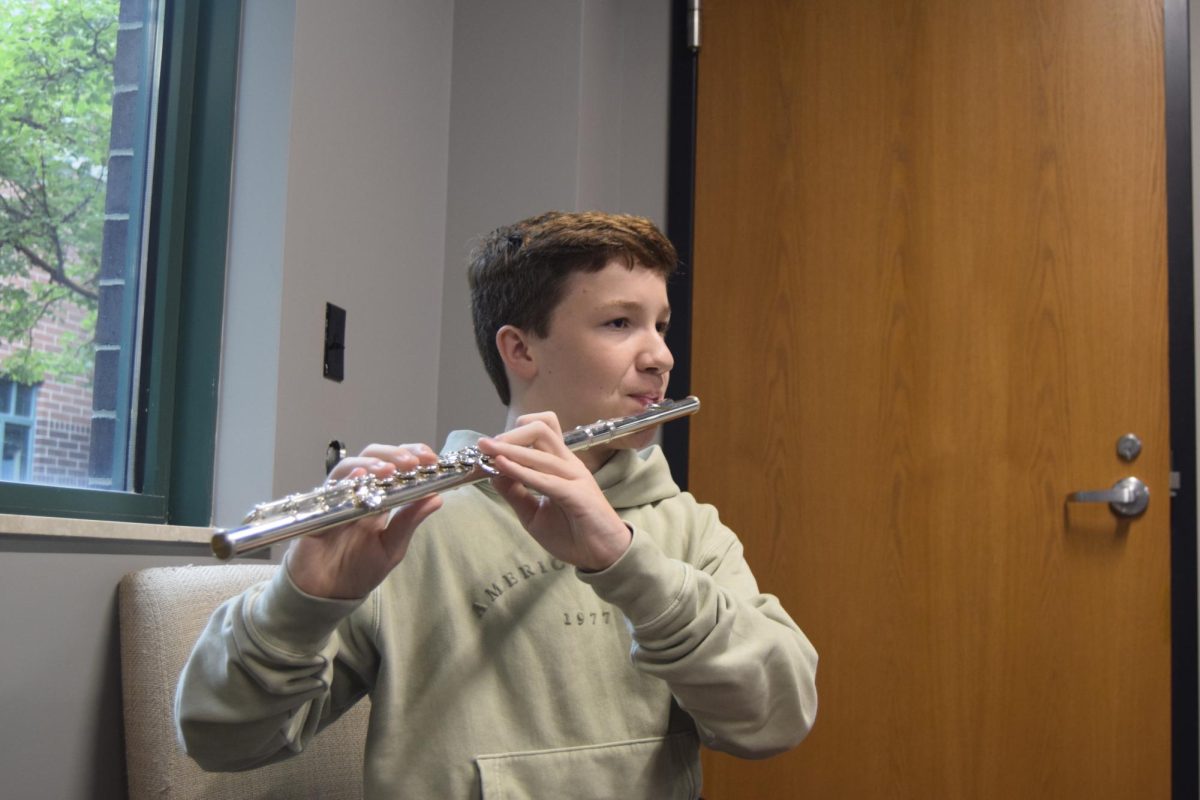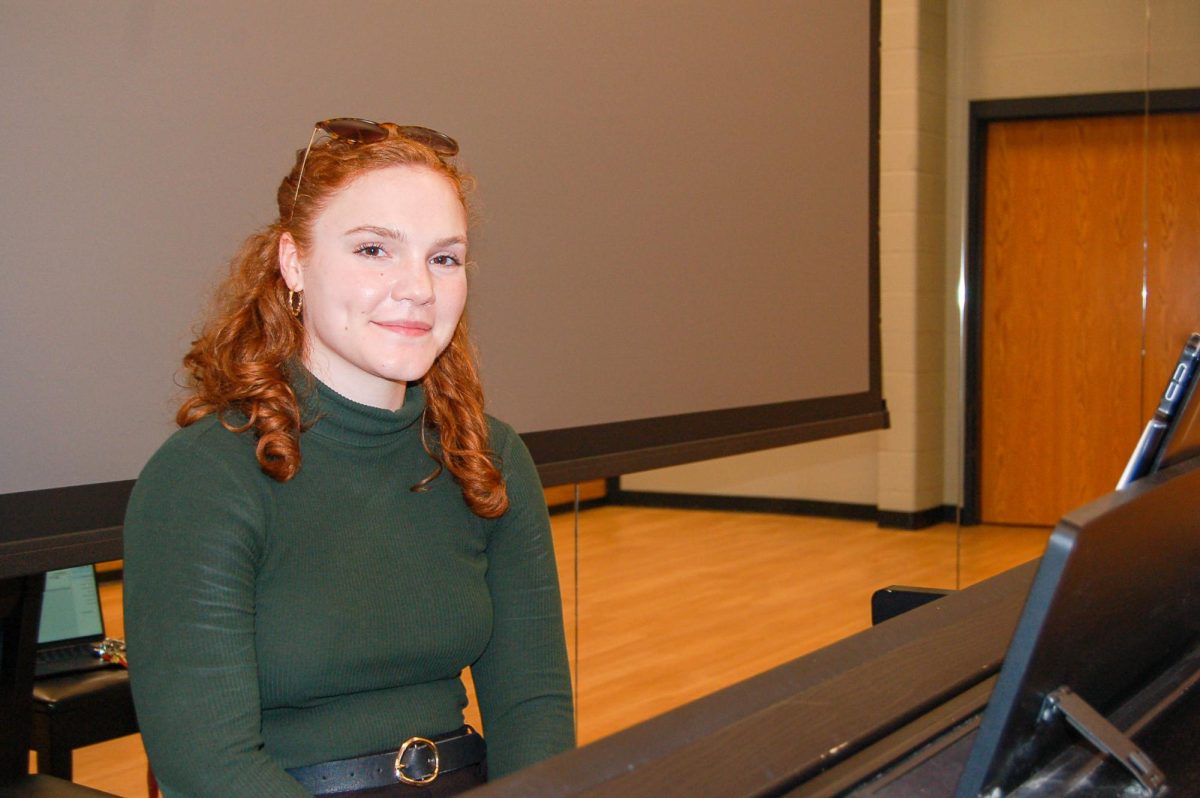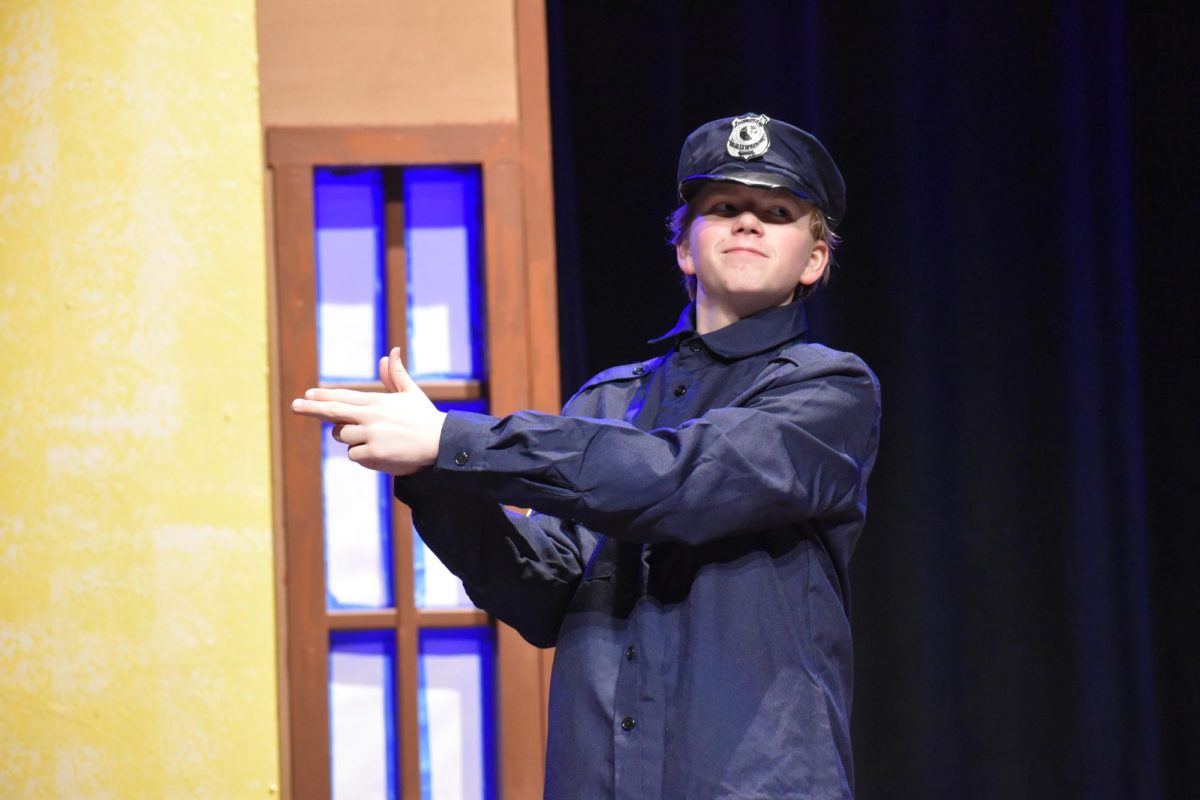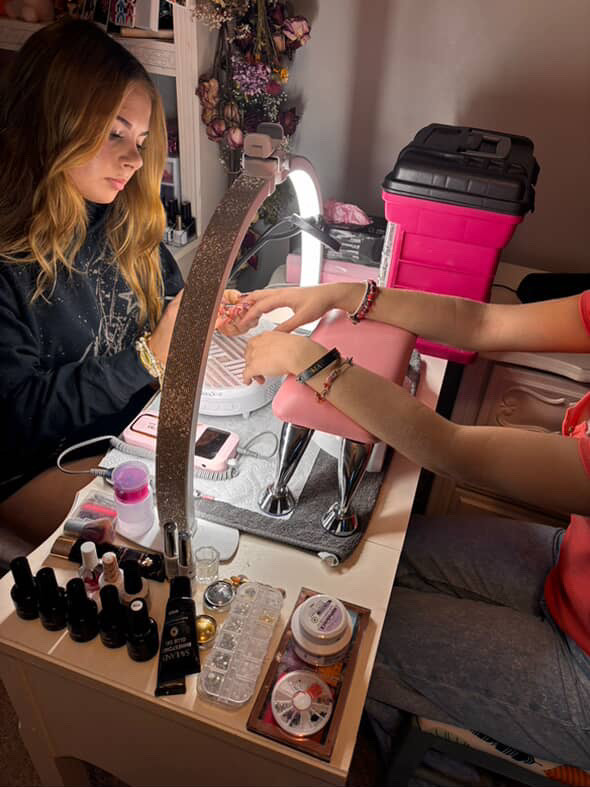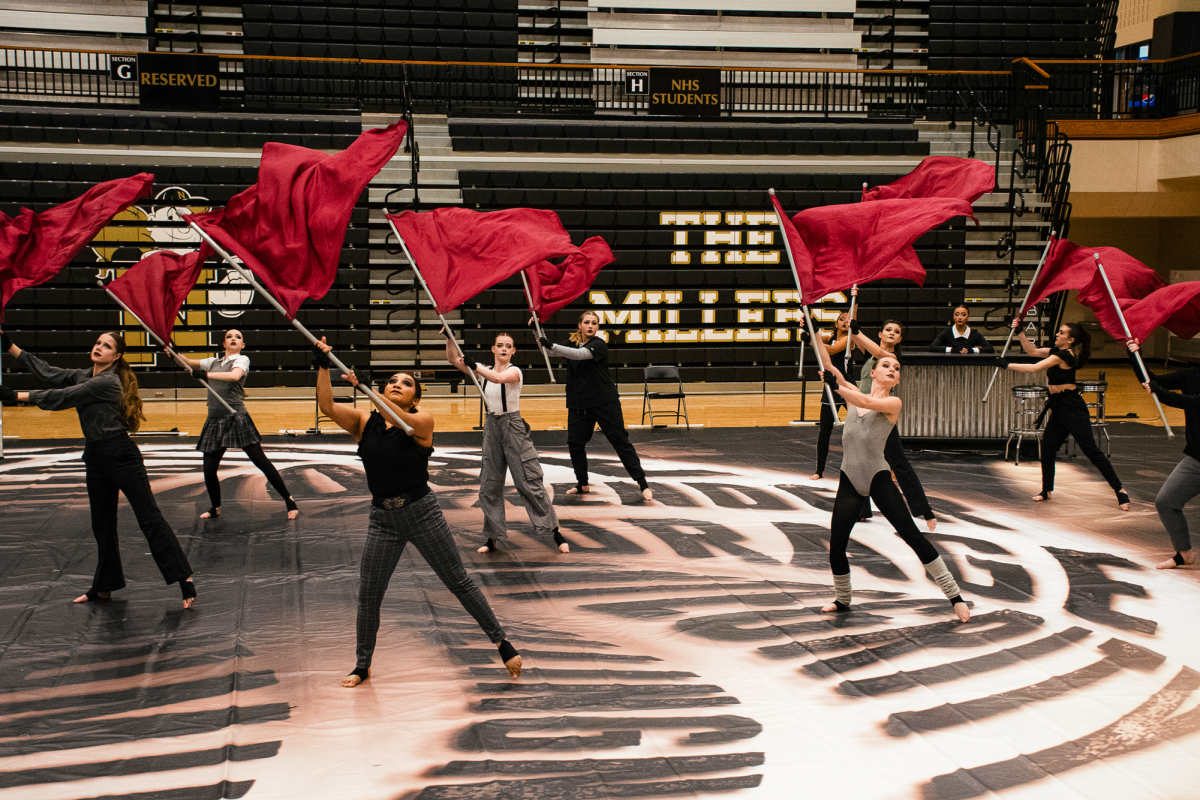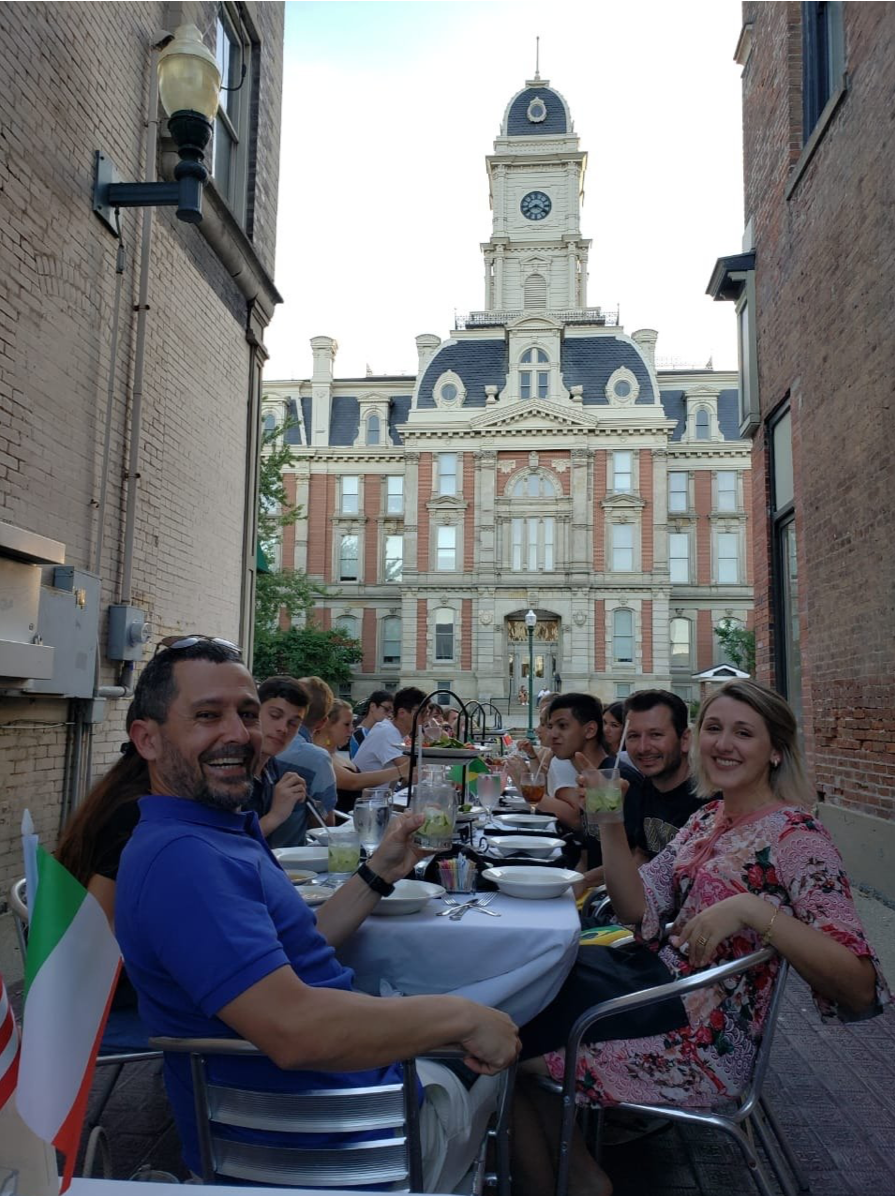Twenty years ago, if John McKinney made an error while typing on Microsoft Word, a small paperclip icon would appear in the bottom right-hand corner of his computer screen, offering advice about his writing. Today, that paperclip has been replaced by red squiggly lines that underline words and signal spelling mistakes, a feature that many users of word processing programs are familiar with.
The similarity between these two designs? Both are forms of artificial intelligence.
McKinney, an NHS English teacher, understands the potential AI holds — both good and bad. However, in his eyes, artificial intelligence is something that educators must adapt to, not fight.
“English teachers, and really all teachers, are recognizing that it’s one of things that’s going to be here to stay,” said McKinney. “Technology is hard to put back in the box.”
Artificial intelligence (AI) has been around for years. In fact, scientists consider the year 1956 to be the birth of artificial intelligence. This means AI has been around for almost 70 years. So if AI has been around forever, why has it become such a massive deal all of a sudden?
History teacher Hannah Dwyer suggests that the fear of AI may be nothing more than a fad.
“It’s kind of like the Internet when the Internet came out,” said Dwyer. “Everyone thought the world was going to end … but we’ve adapted as a society.”
Unlike many teachers, Dwyer sees opportunities for AI to be incorporated into the classroom, and is eager to experiment more with its potential.
“I did a free trial of an AI history thing,” Dwyer said, describing Hello History, an AI app that allows users to chat with historical figures. “They talk to you, and you can say tell me about your life, or tell me about something that you’ve done” she said.
Though some teachers see a way to incorporate AI into their classroom curriculum, others, like English teacher Amy Cox, disagree.
“As a teacher, I don’t want to mess with it. I don’t want my students to use it for writing,” Cox said.
Cox, who primarily instructs English classes for upperclassmen, has had experience with former students using artificial intelligence to write papers and complete assignments. However, she says she caught on quickly.
“It can be tricky when you don’t know a student’s writing well, like early in the semester,” Cox said. “However, I’ve been teaching so long [that] I know how my students write.”
McKinney points out that each time he has given a prompt to AI, the responses he was given were, in his eyes, unoriginal.
“When I asked [the AI] questions, what it spit out was technically correct, but it had no personality to it. As an English teacher, we want students to sound like themselves,” McKinney said. “We want them to be able to write with different tones and in different modes to accomplish different purposes. What [AI] does, at least [for] right now until it can learn a lot more, is it defaults to the most simplistic presentation.”
Cox agrees, claiming that despite the numerous advancements made in artificial intelligence over the past few years, flaws still plague the system. For many teachers, certain clues may point to the fact that a student’s writing is AI-generated.
“AI will, to some extent, structure the writing in a way that [is] more like an undergraduate’s way of structuring your writing, which is a giveaway because students aren’t taught to structure their writing this way,” Cox said.
Although many teachers are worried, artificial intelligence isn’t solely being used for dishonest reasons. Many students use AI to develop their technological skills and pursue personal projects. One of these students is Rene Aguirre Molinares, a senior who experiments with AI in his free time. Molinares frequently works with DALL-E, an AI program similar to ChatGPT that generates images from user-created prompts.
“I was lucky enough to be selected straight away after applying for [DALL-E] pretty early on,” Molinares said. “I’ve also used AI for some personal coding projects, and although it does require more prompting to make it work, it’s impressive what it can accomplish.”
Senior Mason Bartosiak also has some experience with AI, and views it in a different light than many of his teachers.
“AI always looks hyper-intelligent, and people always talk about how it will take over the world,” Bartosiak said. “But really, it’s just a compilation of other people’s content. AI is closer to being a parrot than a threat to humanity.”
Despite their familiarity with programs like DALL-E and ChatGPT, both Molinares and Bartosiak recognize the promise artificial intelligence may hold in the future, especially for certain fields of work.
“With all of the AI voice models being made, it’s uncanny how similar they can sound to the actual person. It isn’t always necessarily accurate, but if it evolves more, it can easily replace actual musicians or voice actors.” Molinares said. “Right now, [AI] isn’t being treated seriously, but I think it’s interesting to see [how] AI will progress over time.”
Although the future of AI may remain unclear, many teachers, like McKinney, are optimistic for what the future has to offer.
“It’s just [the question of] how we are going to deal with it as this thing that exists and could be a potential tool,” McKinney said. “We have to teach people what to make of it.”
Categories:
The Age of AI
Students and teachers around Noblesville have adapted to artificial intelligence in different ways
September 7, 2023
Photo by Aubrey Paul
According to teachers, students at NHS often replace original thinking with AI-generated responses. For teachers, it can be tough to differentiate between student-made work and the AI algorithm.
Story continues below advertisement
More to Discover
About the Contributors
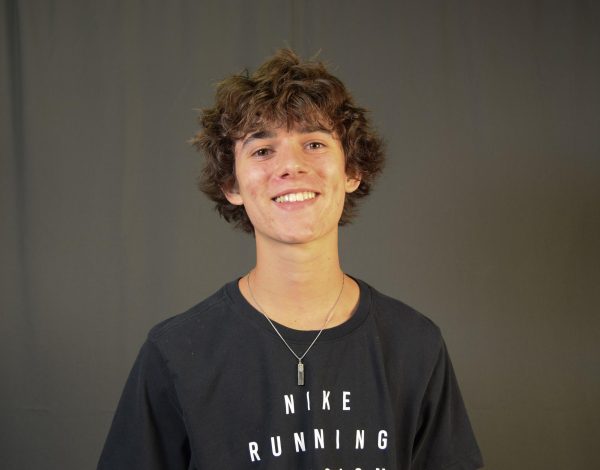
Max Arnold, Staff Writer
Max Arnold is a senior at NHS. He is co-editor-in-chief of the broadcast staff and a sports editor with the Mill Stream. Arnold is currently in his 3rd year on the broadcast staff and his 2nd on the Mill Stream. Arnold is in his fourth year with both the Noblesville Cross Country and Track program. He is the president and founder of Noblesville’s Jewish student union. You can reach him at his email, [email protected].
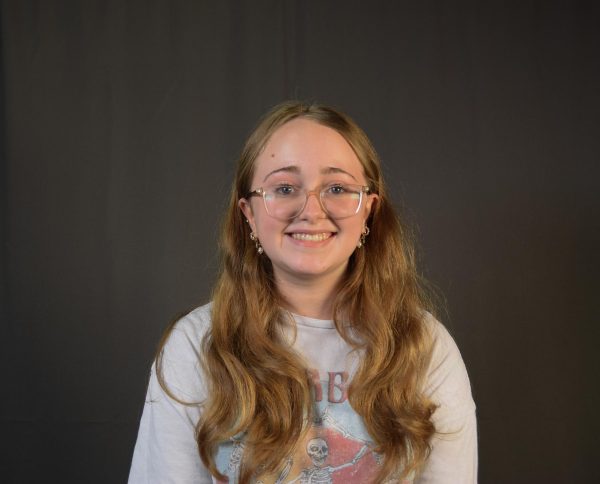
Aubrey Paul, Features Editor
Aubrey is a senior at Noblesville High School, and this is her second year on the Mill Stream. She enjoys listening to good music, binge-watching dramatic reality TV, and catching up on her yearly reading list. She is a member of the Mayor’s Youth Council and co-president of the Peonies Club.
Contact her at [email protected].



